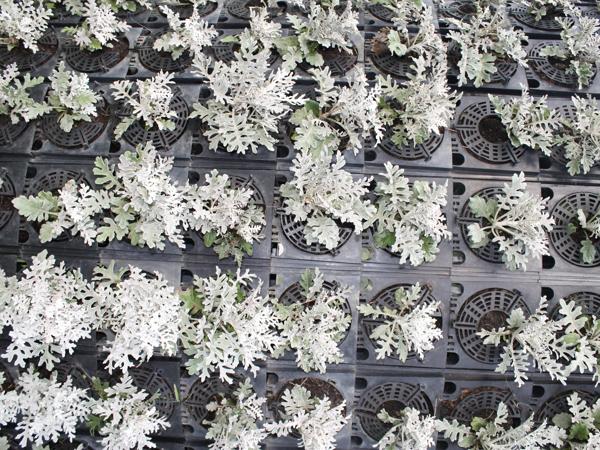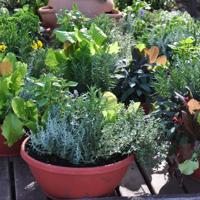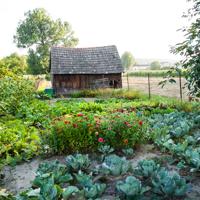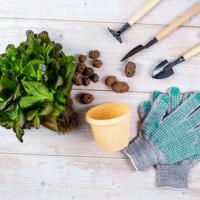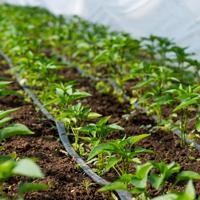Container gardening has become a wonderful way for people to engage with plants, regardless of the space they have available. Whether you’re living in a high-rise apartment, have a small backyard, or want to bring greenery into your home, container gardening provides a flexible and satisfying means to cultivate a garden. Here, we’ll explore some of the basic principles, considerations, and tips for getting started.
Why Choose Container Gardening?
Container gardening can be quite rewarding for many reasons. It allows you to control the soil and water conditions more precisely than conventional in-ground gardening. You also have the ability to move your containers to catch the best sunlight or bring them indoors to protect from harsh weather.
Moreover, container gardening can be a more accessible method for those with mobility challenges. With plants raised to a convenient height, gardening becomes more enjoyable and less physically demanding.
Selecting Your Containers
When choosing containers, there is a wide range of options to consider, from terracotta pots to recycled buckets.
Material Considerations
- Terracotta Pots: These pots are breathable, which can help prevent overwatering, but they tend to dry out more quickly.
- Plastic Containers: Lightweight and typically more affordable, these containers retain moisture better than terracotta but may lack the aesthetic appeal.
- Metal Containers: Often used in a rustic environment, these take on the temperature of their surroundings quite quickly.
Regardless of the material, ensure that your containers have adequate drainage holes to prevent waterlogging, which can be detrimental to plants’ root systems.
Size Matters
The size of your container should be suited to the plant you wish to grow. Larger plants with deep roots will need substantial containers, while herbs and small flowers can thrive in more compact spaces.
Choosing the Right Soil
The soil, or potting mix, you use plays a crucial role in the success of your container garden. It’s beneficial to opt for a lightweight, well-draining potting mix. Garden soil is typically too dense for containers and may lead to root rot.
Some gardeners like to create their own potting mix by combining peat, perlite, and vermiculite. Each component serves a specific purpose: peat retains moisture, perlite aerates the mix, and vermiculite improves drainage.
Plant Selection and Combination
Choosing plants that align with the environment available to you will lead to more satisfying results. Consider factors such as light availability, climate, and your own commitment to maintenance.
Examples of Container Plants
- Herbs: Basil, mint, and oregano are popular choices for the kitchen gardener due to their usefulness and relatively low space requirements.
- Flowers: Marigolds and petunias bring a splash of color and are both quite hardy.
- Vegetables: Tomatoes and lettuce can thrive well in containers and bring fresh flavors directly to your table.
When combining plants in a single container, try to group those with similar light and water needs. This simplifies care and fosters a happy, healthy plant environment.
Care and Maintenance
Regular maintenance is key to a thriving container garden. This involves consistent watering, usually once the soil feels dry about an inch below the surface. Over time, nutrients in the potting mix may become depleted, so adding a diluted liquid fertilizer every few weeks can support plant health.
Pruning and removing dead leaves encourage new growth and help prevent diseases. Pay attention to the signs your plants give you—yellow leaves or stunted growth can indicate the need for a change in care.
Conclusion
Embarking on a container gardening journey can be an enriching experience. It offers flexibility, allows for creativity, and aligns with sustainable and garden-to-table living concepts. With mindful observation and attention, you can cultivate a lush, productive garden in even the most limited of spaces.
Feel free to experiment with different plants and container arrangements. The joy of gardening often lies in its ability to surprise and teach through hands-on experience. Remember that each plant interaction can vary, and adapt your strategy based on what works best for your environment. Happy gardening!
References:
- Royal Horticultural Society - Comprehensive resource on container gardening.
- University of Maryland Extension - Provides insights into successful container gardening practices.
